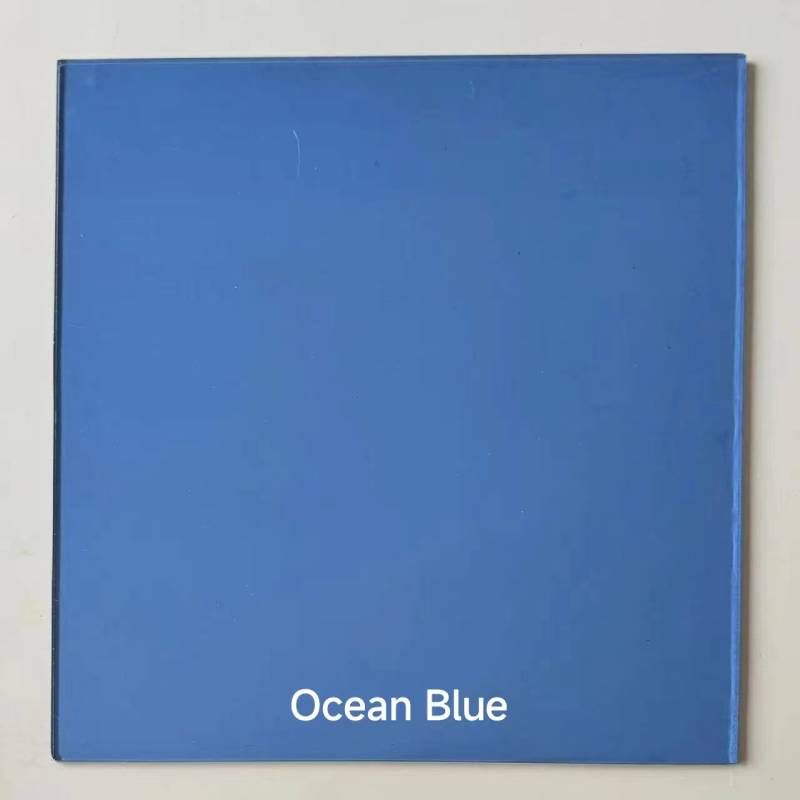

The Rise of Float Window Glass A Modern Marvel in Architecture and Design
In the realm of contemporary construction and design, few materials have made as profound an impact as float window glass. Developed in the mid-20th century, this innovative glass manufacturing technique revolutionized how we think about windows, facades, and architectural aesthetics. Float window glass is not only valued for its clarity and uniformity but also for the versatility it offers architects and builders in creating elegant yet functional structures.
The Manufacturing Process
Float window glass is produced through a process known as the float glass process, which was invented in the 1950s by Sir Alastair Pilkington. The technique entails pouring molten glass onto a pool of molten tin, where the glass spreads out and forms a flat surface. The result is a sheet of glass that is incredibly flat, with a high level of optical clarity. This process allows manufacturers to produce large panes of glass with minimal distortion, making it perfect for windows and facades.
The thickness of the glass can be adjusted based on specific applications, and different treatments can be applied to enhance its properties. For instance, reflective coatings can be added to reduce solar heat gain, while low-emissivity (Low-E) coatings can improve energy efficiency by minimizing heat loss. These advancements not only contribute to better environmental performance but also allow for the design of buildings that are aesthetically pleasing without compromising functionality.
Applications in Architecture
Float window glass has become a staple in modern architecture, used extensively in residential, commercial, and institutional buildings. Its clarity allows for maximum light transmission and provides unobstructed views, creating a sense of openness and connection with the surrounding environment. Large glass facades, increasingly popular in urban architecture, utilize float window glass to blur the lines between indoor and outdoor spaces.
In addition to aesthetic benefits, the use of float glass can also enhance the durability and security of a building. Tempered glass, which is processed to be much stronger than regular glass, can be utilized to provide added safety. This is especially important in high-rise buildings and public spaces where safety regulations are paramount.

Energy Efficiency and Sustainability
In recent years, there has been a growing emphasis on sustainability in construction. Float window glass contributes significantly to energy-efficient building design. The advancements in Low-E coatings and double or triple glazing have made it possible to create windows that not only meet but often exceed current energy regulations. This leads to reduced energy consumption for heating and cooling, lowering utility costs for building occupants and minimizing the carbon footprint of the structure.
Moreover, float window glass is recyclable, which adds to its appeal in sustainable building practices. At the end of its life cycle, glass can be crushed and reused, reducing the need for raw materials and lessening environmental impact. Many modern architecture firms are increasingly considering the lifecycle impact of materials they choose, and float window glass fits into this criterion beautifully.
Challenges and Future Directions
While float window glass has many advantages, it is not without its challenges. Issues related to thermal performance, such as condensation and thermal breaks, require careful consideration in design and installation. Additionally, the environmental impact of glass production—specifically pertaining to energy use and emissions—necessitates ongoing innovation in manufacturing processes.
The future of float window glass appears bright, particularly as technology continues to advance. Innovations in smart glass technologies, including photovoltaic glass that can generate energy while simultaneously serving as a functional window, hold promise for the next generation of building materials. These advancements will pave the way for even greater integration of glass in sustainable architecture.
Conclusion
In conclusion, float window glass stands as a remarkable achievement in modern material science and architecture. With its unparalleled clarity, aesthetic versatility, energy efficiency, and growing emphasis on sustainability, it is no surprise that float window glass has become a fundamental element in contemporary design. As technology continues to evolve, one can only anticipate the further innovations that will arise, solidifying float window glass's role in shaping the future of architecture.